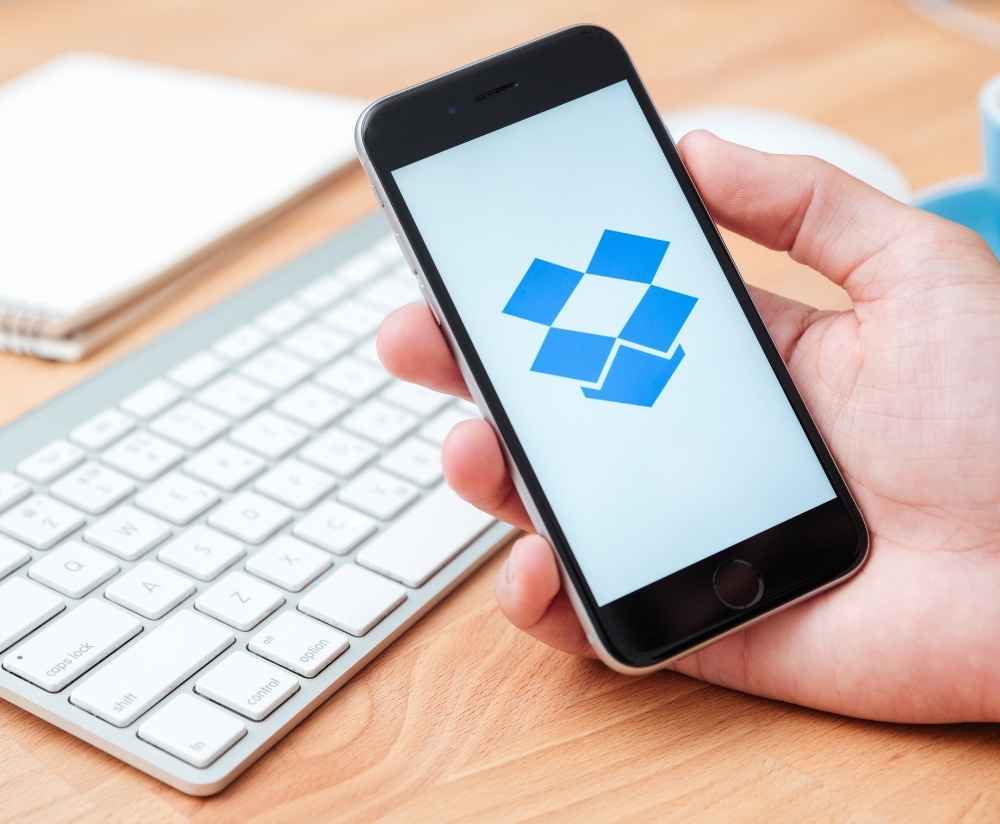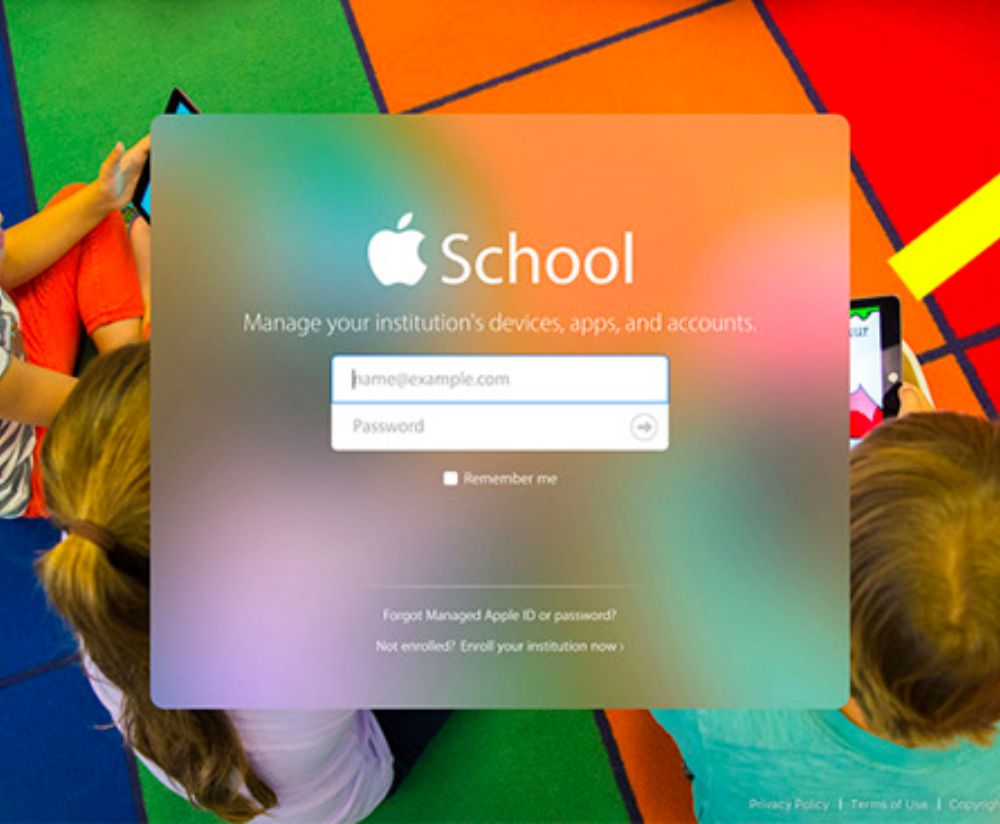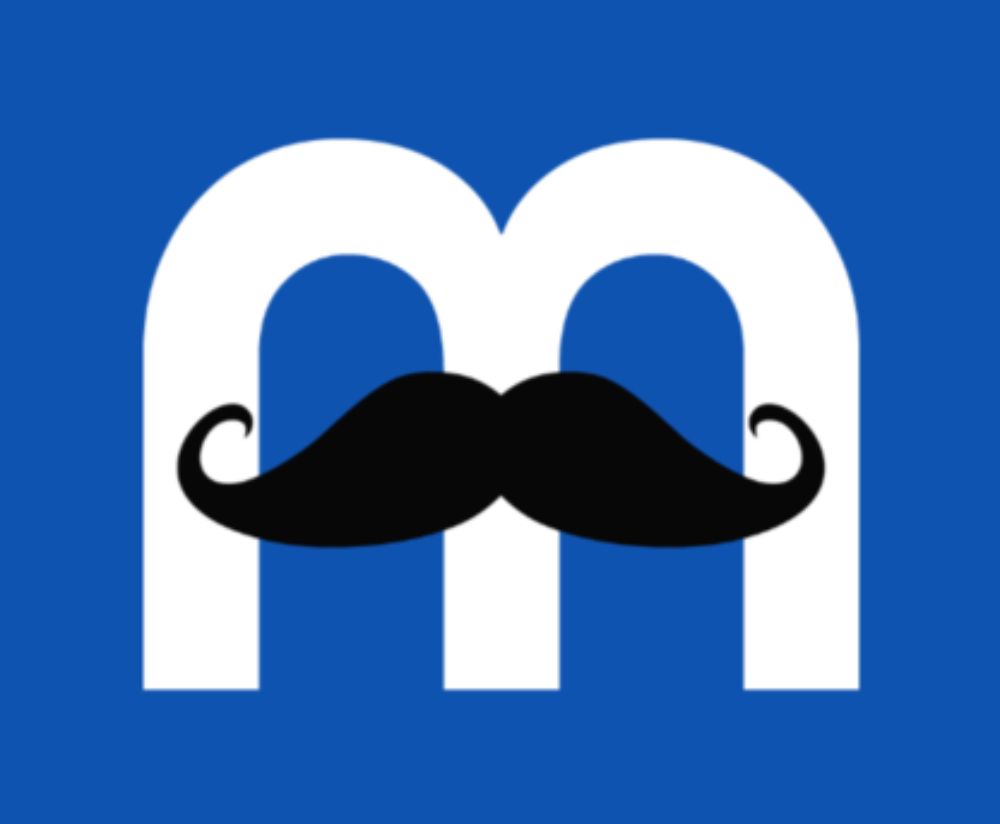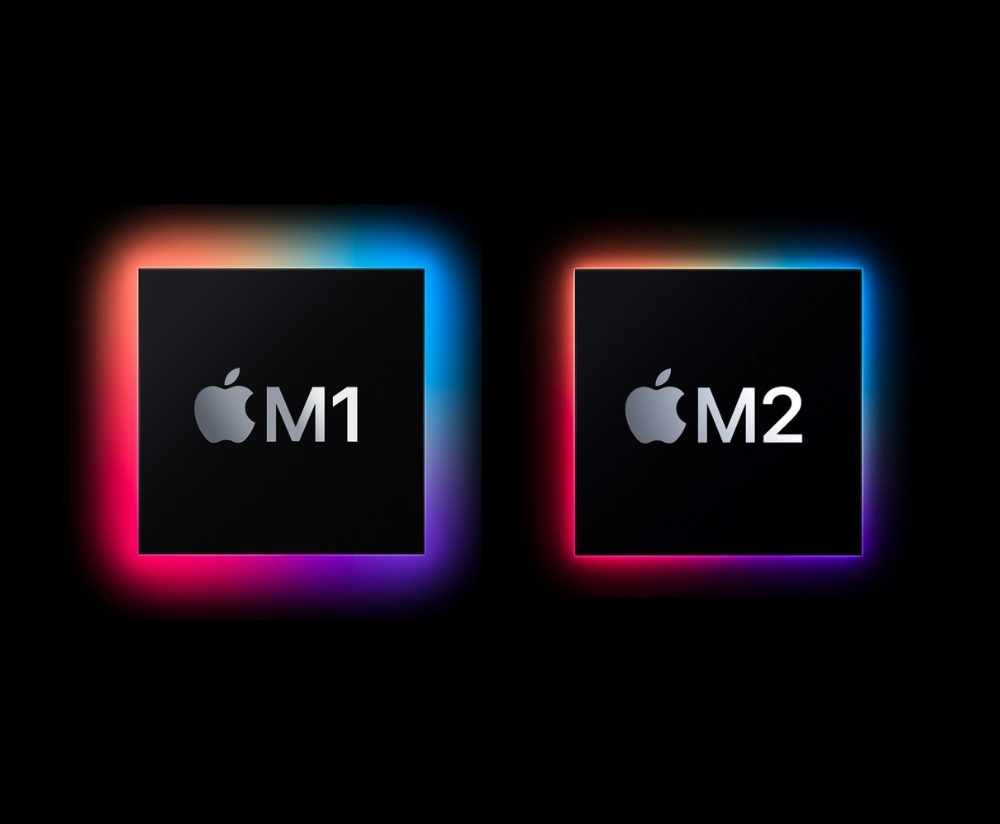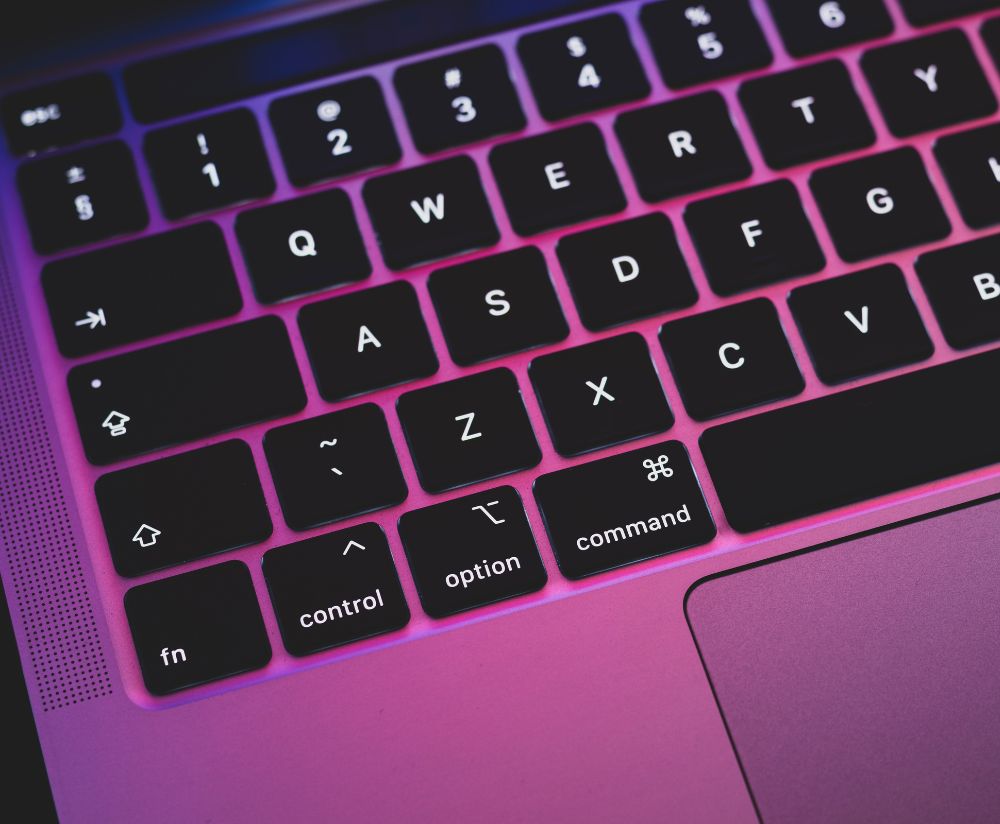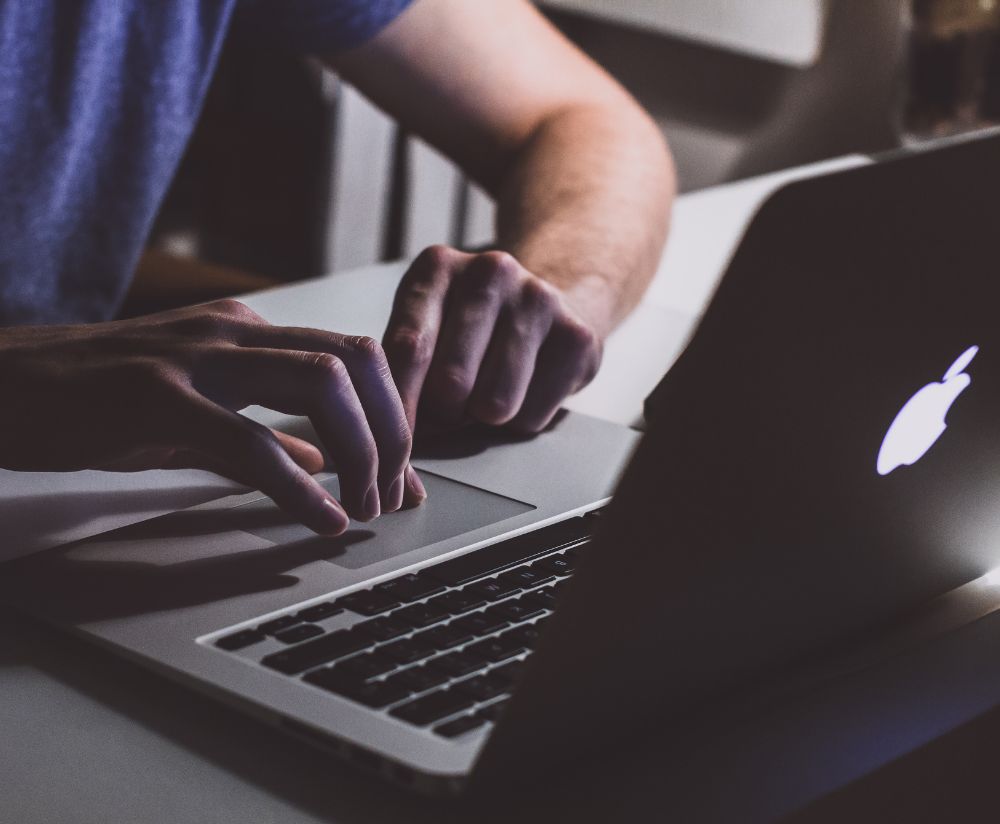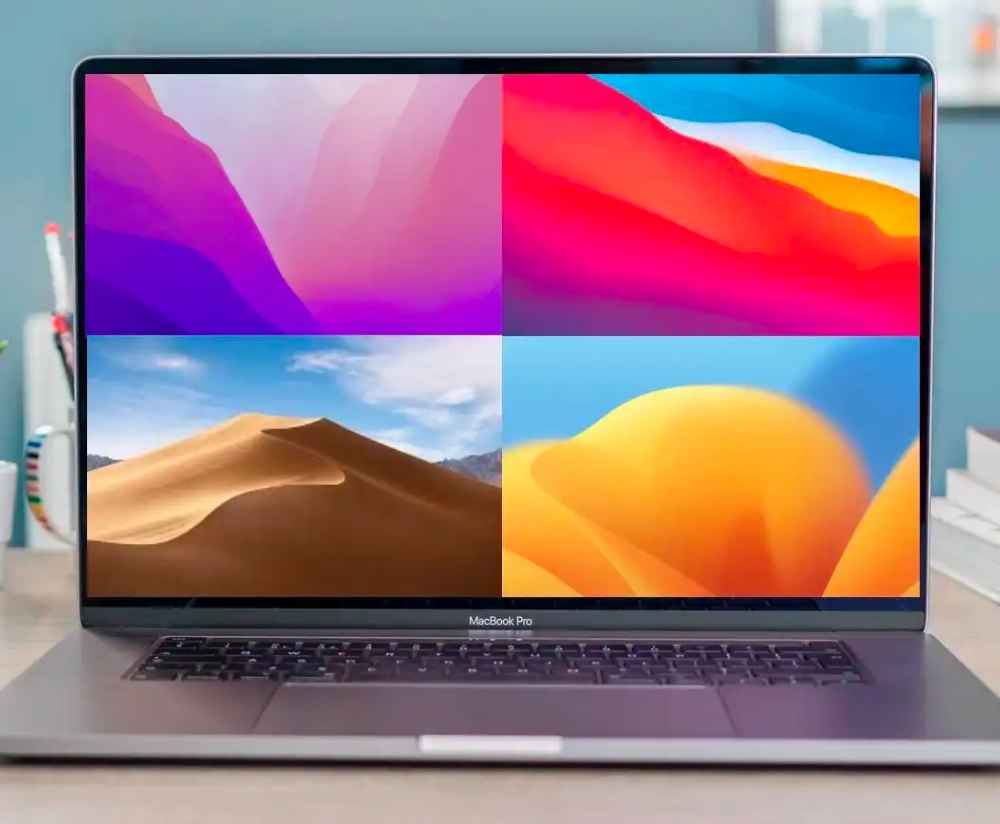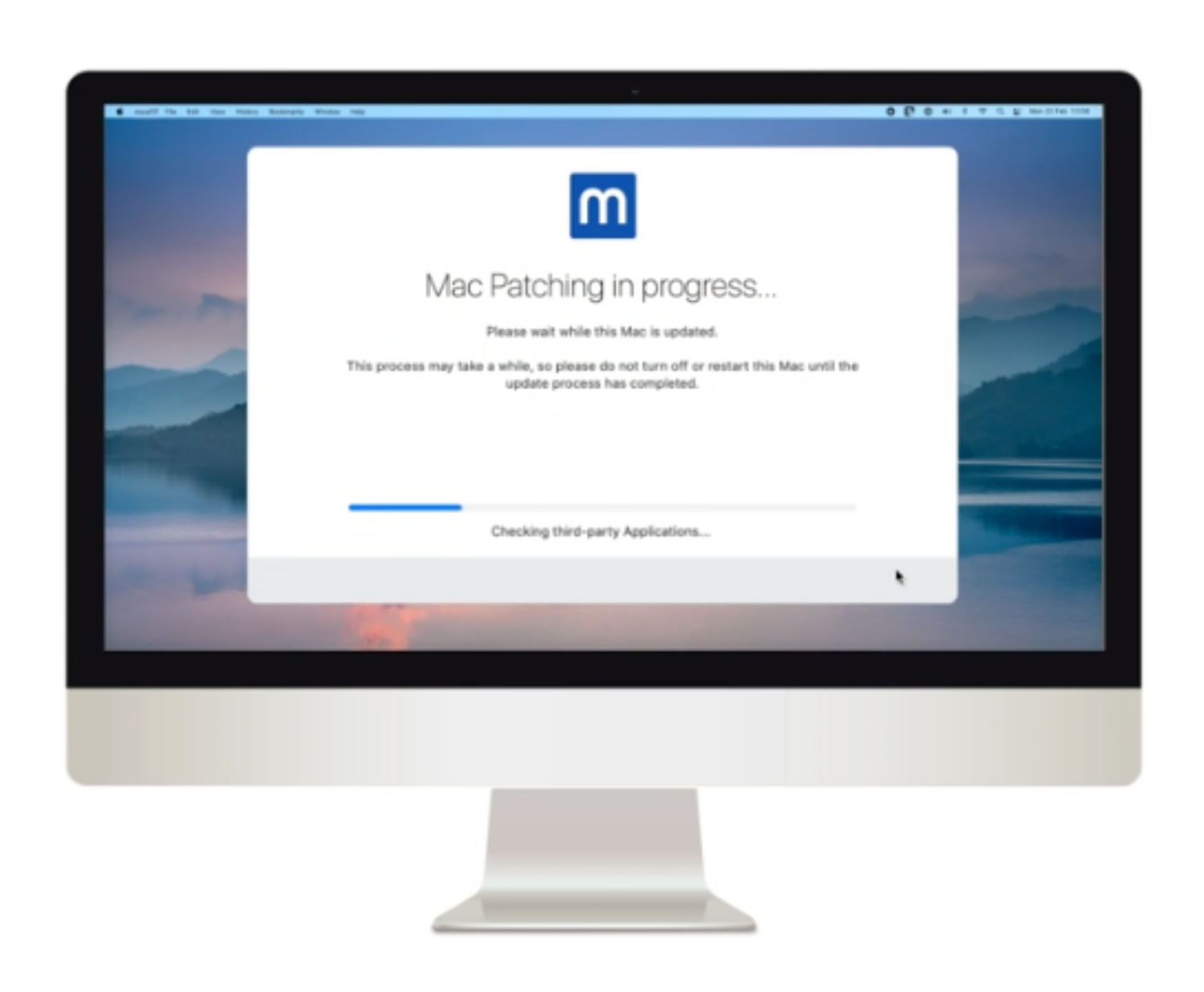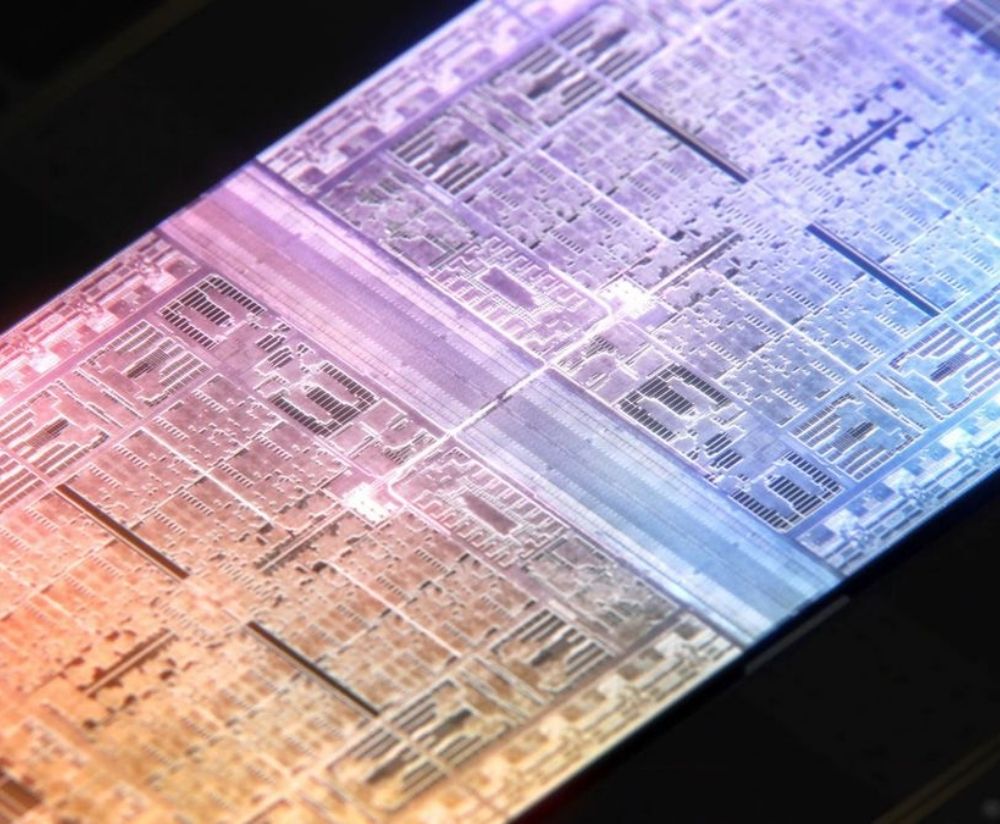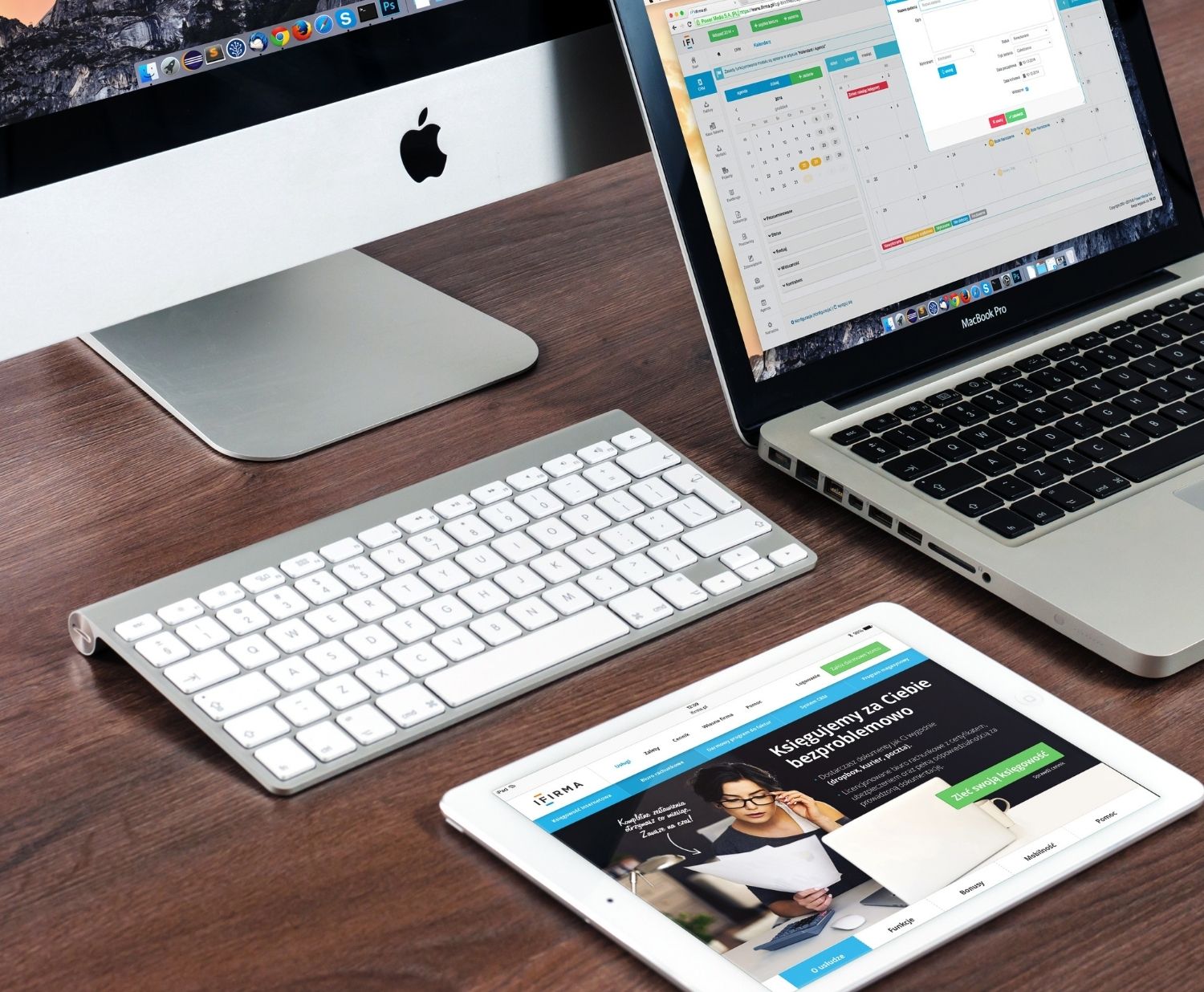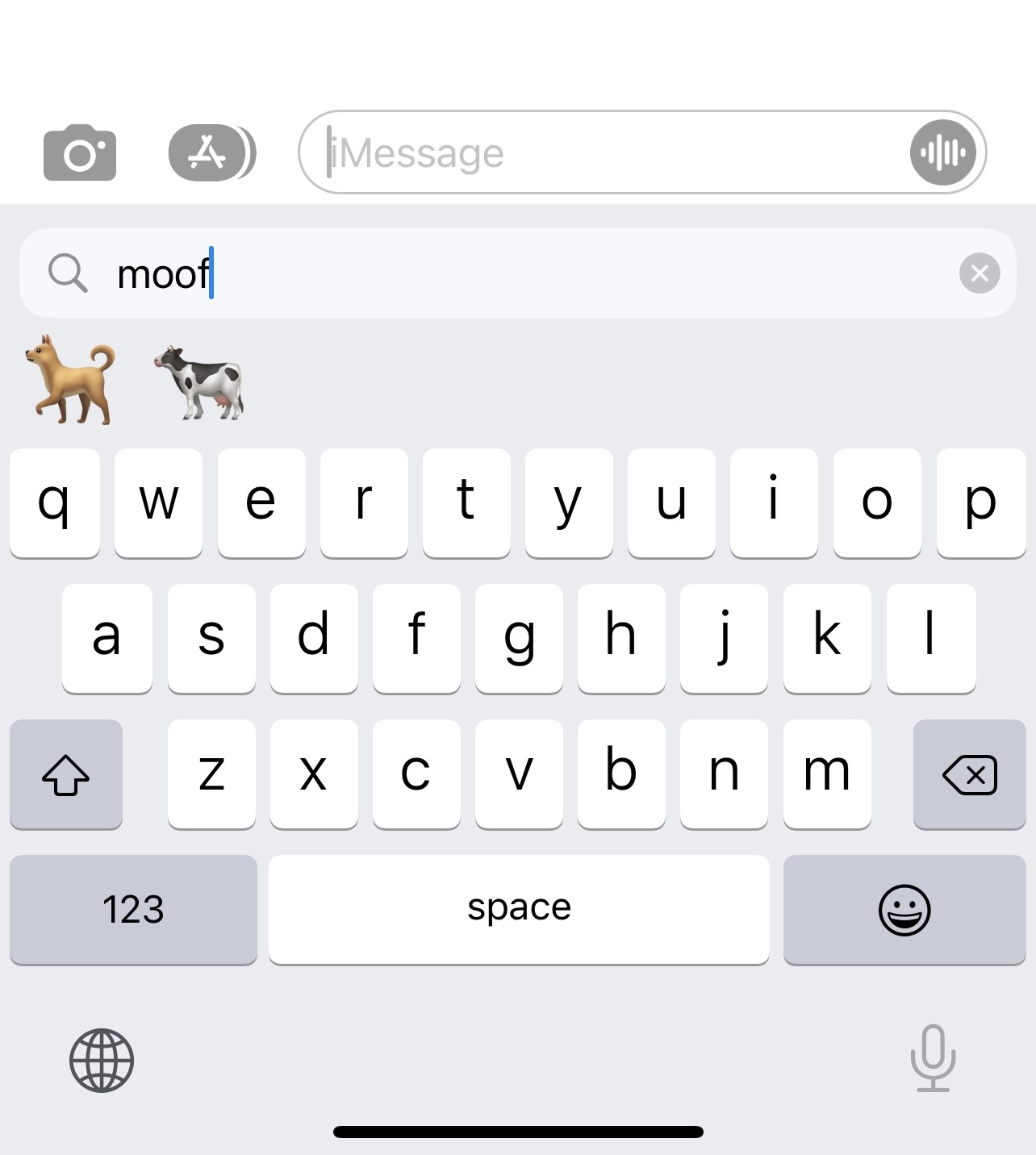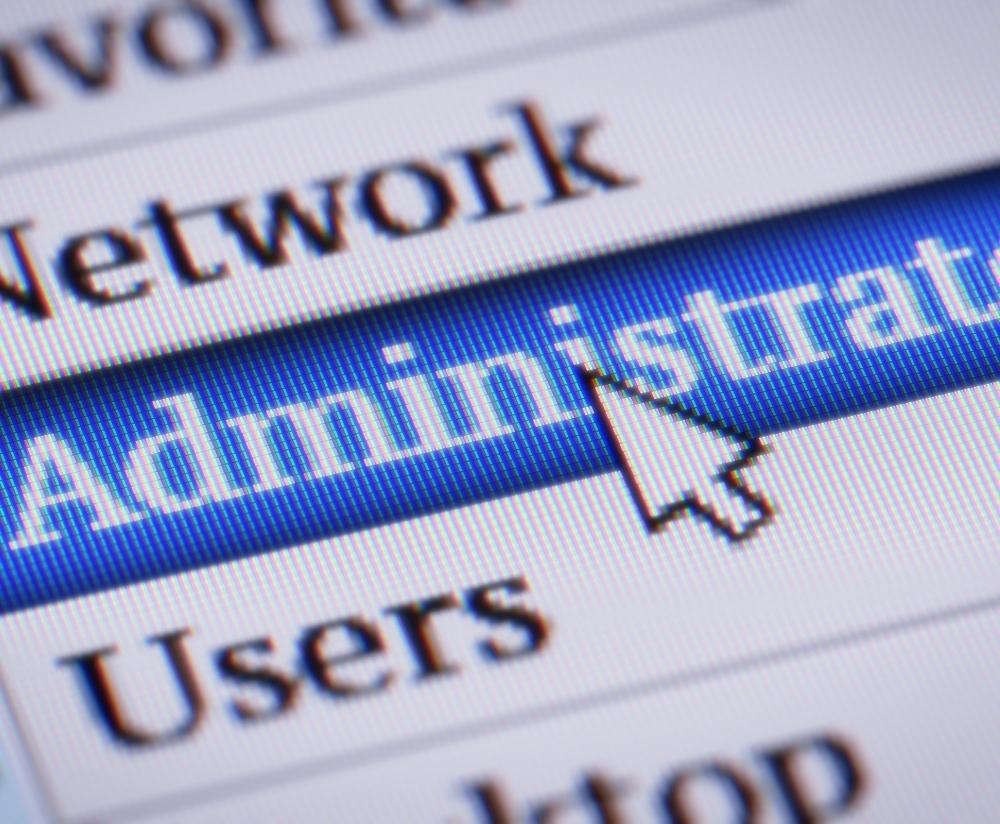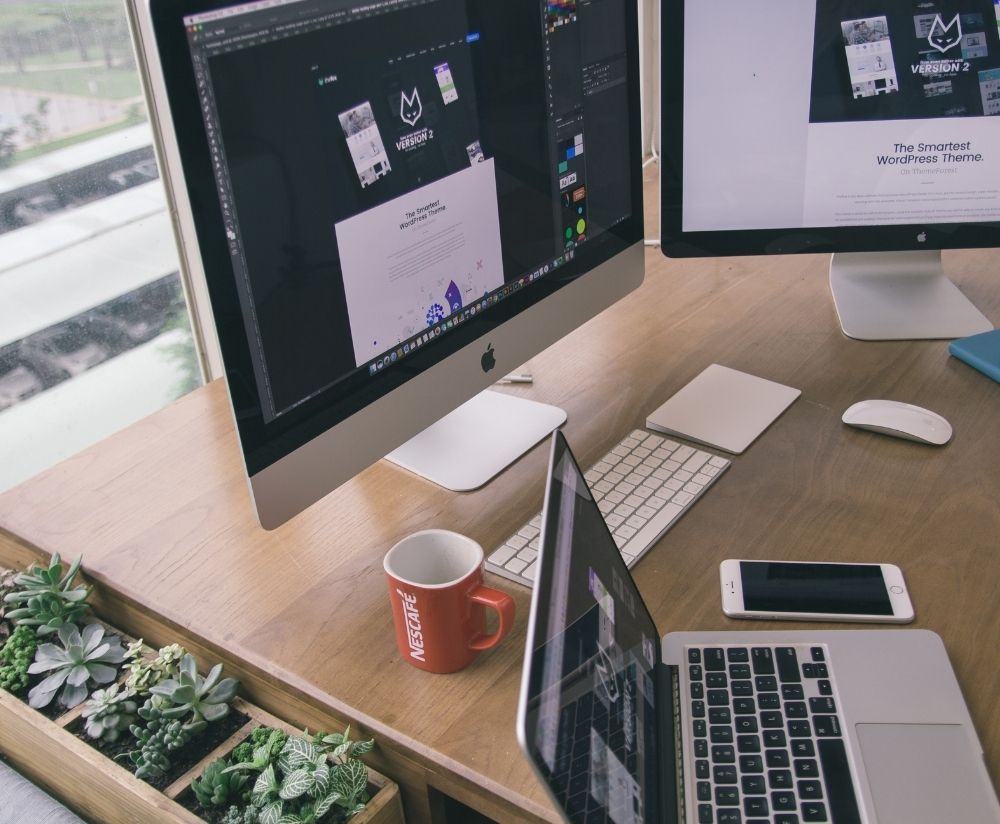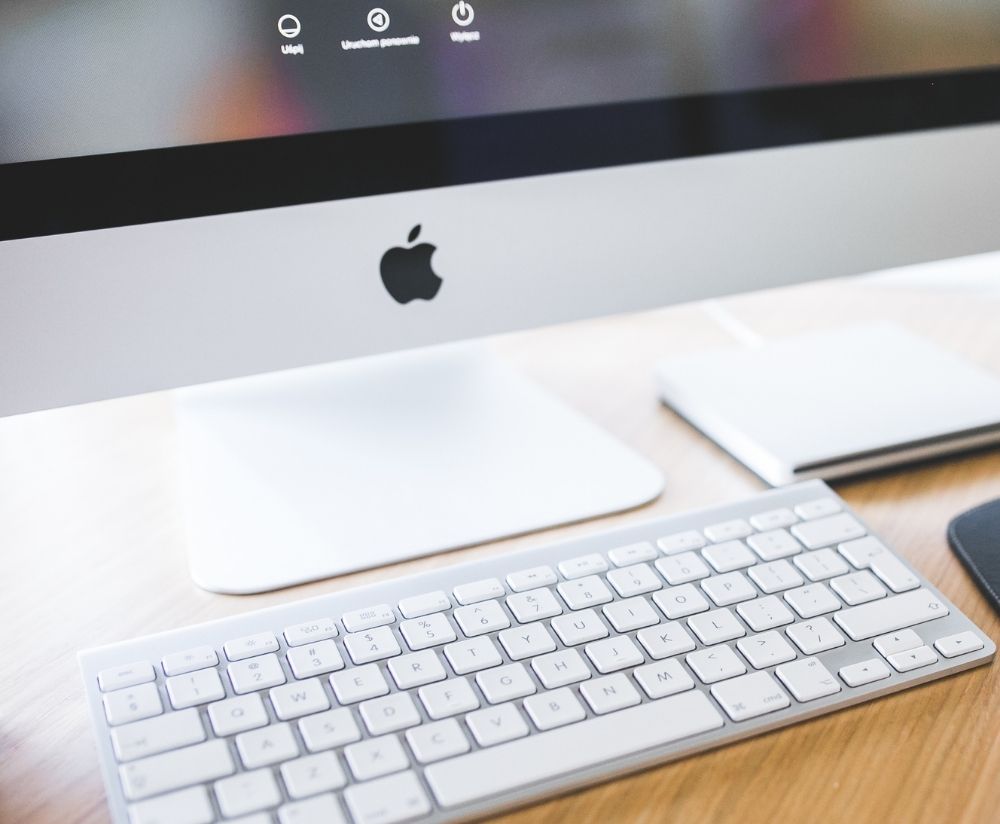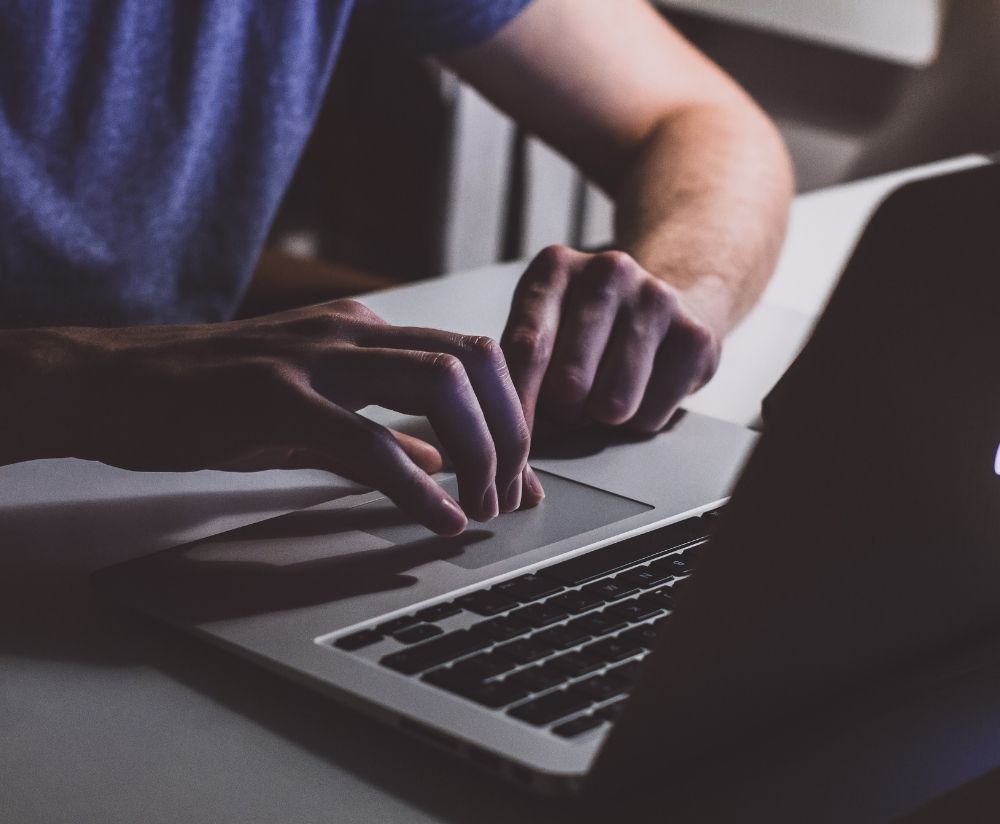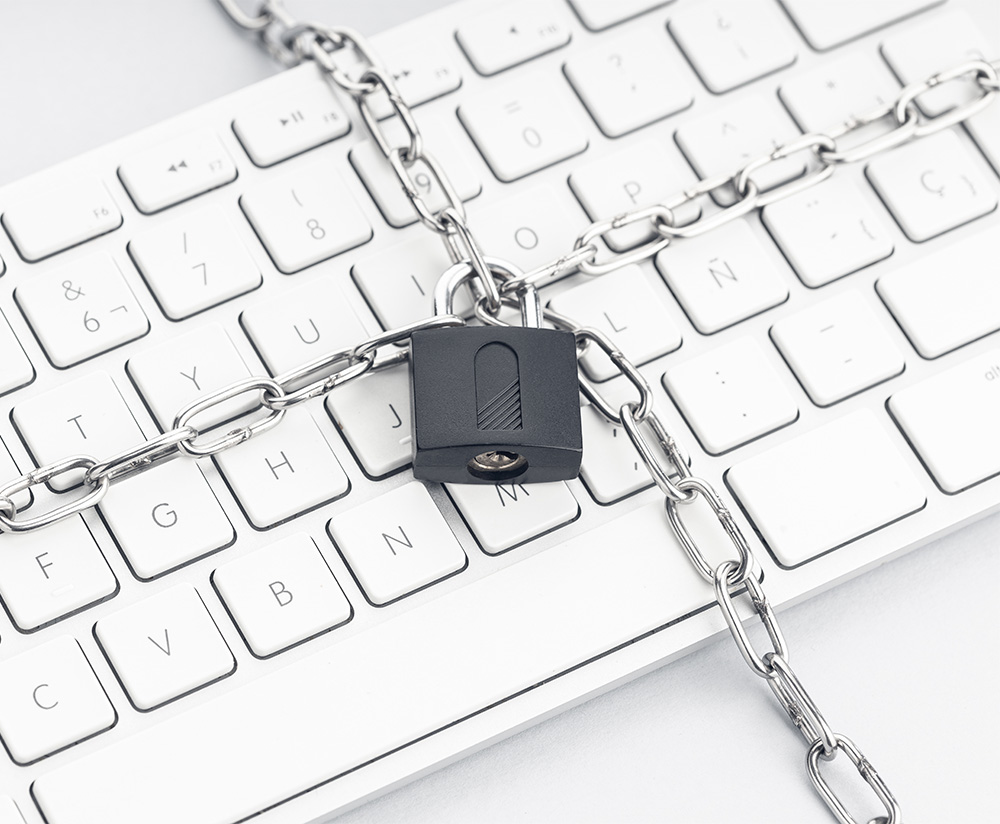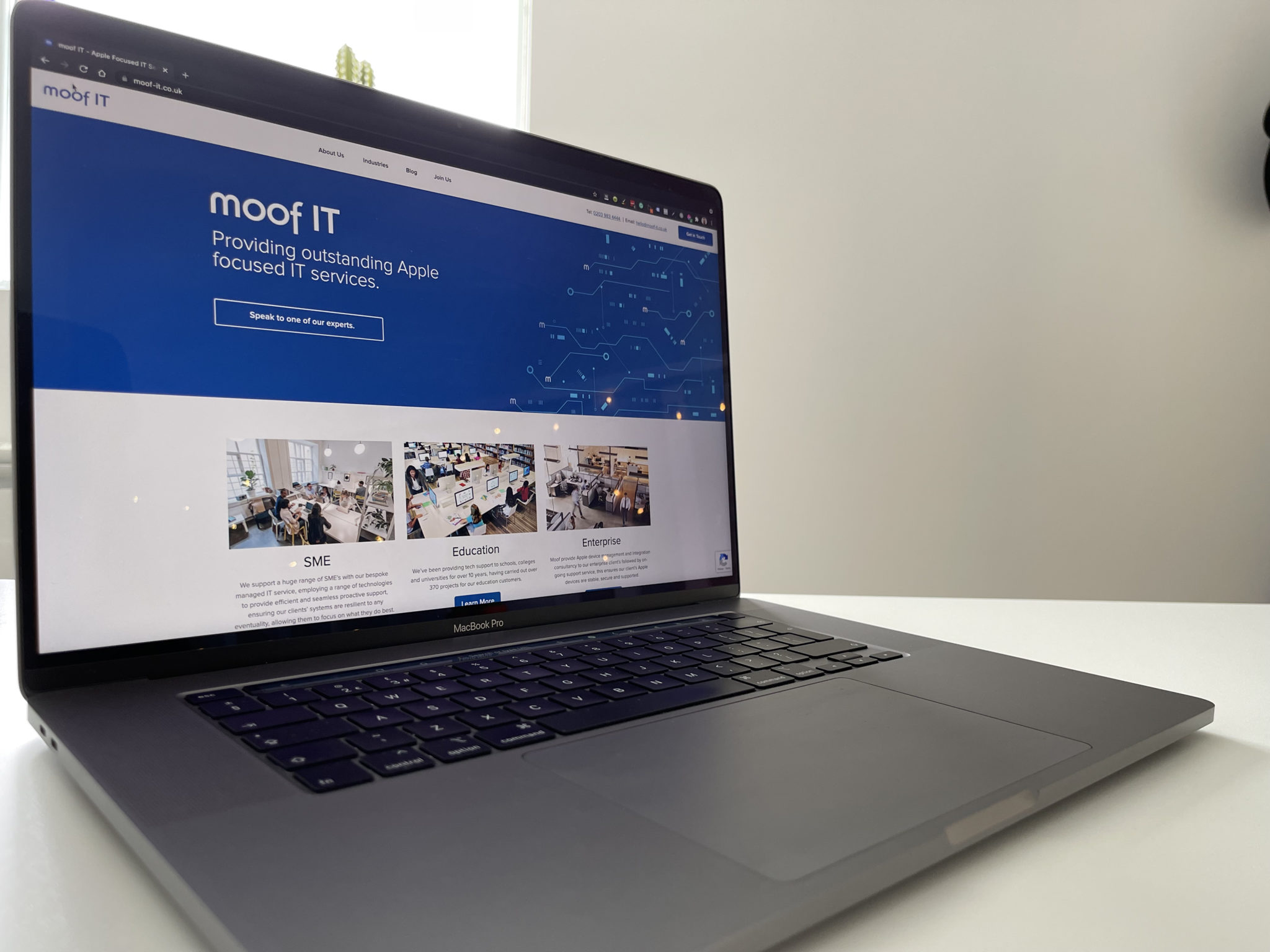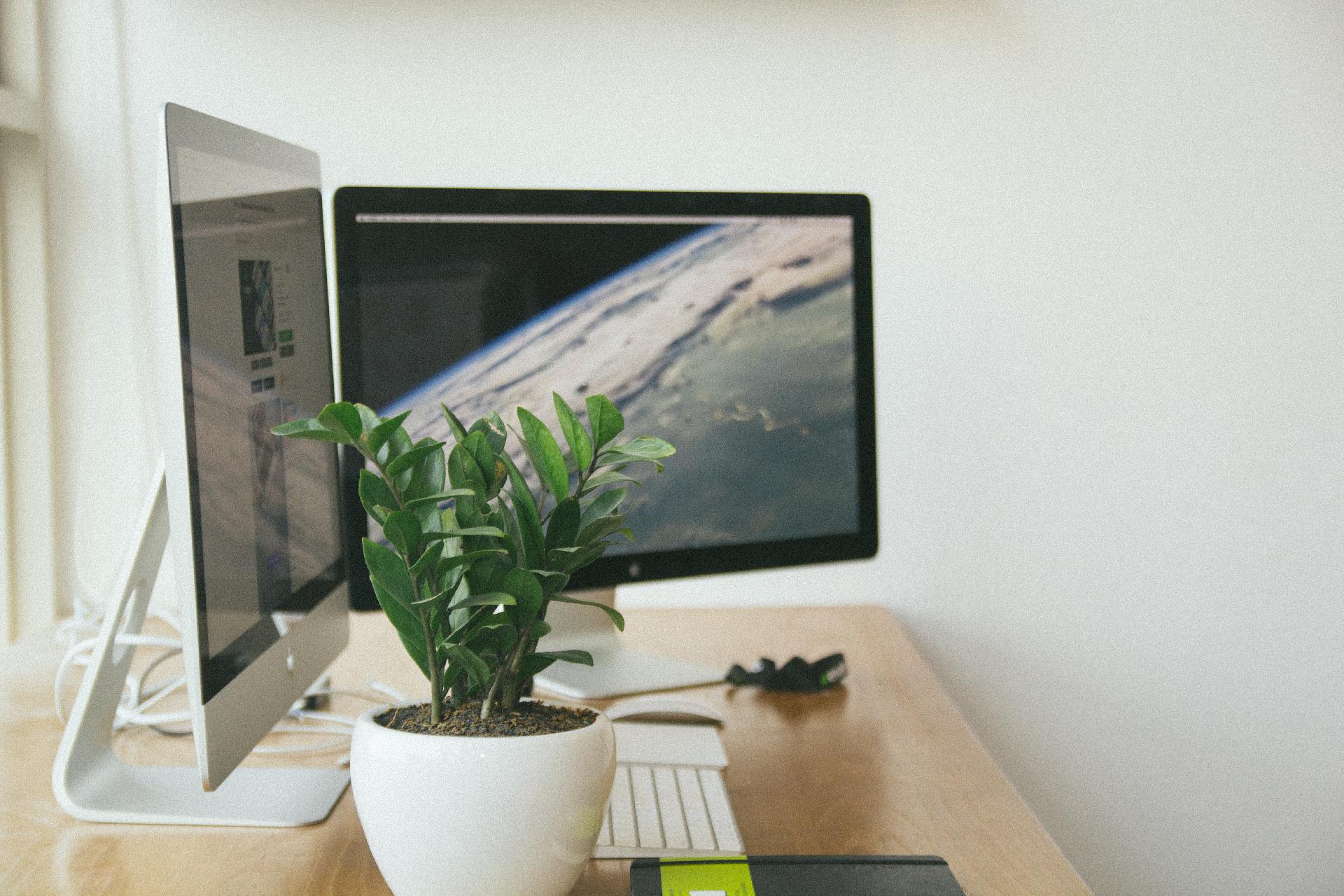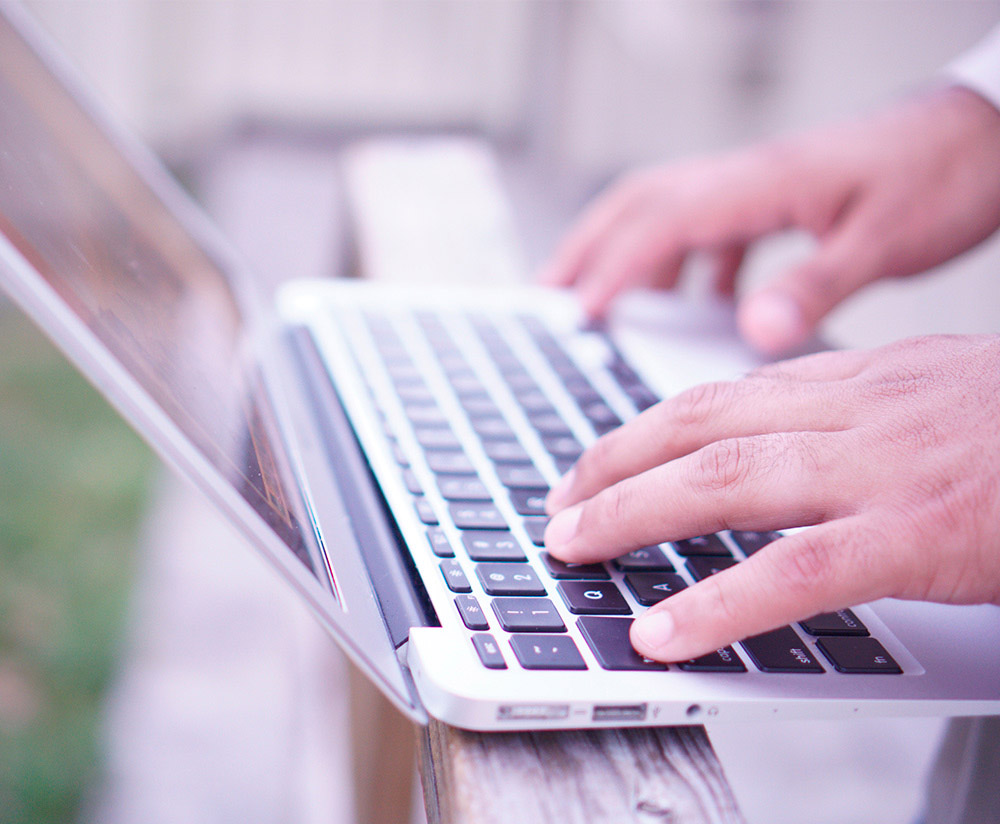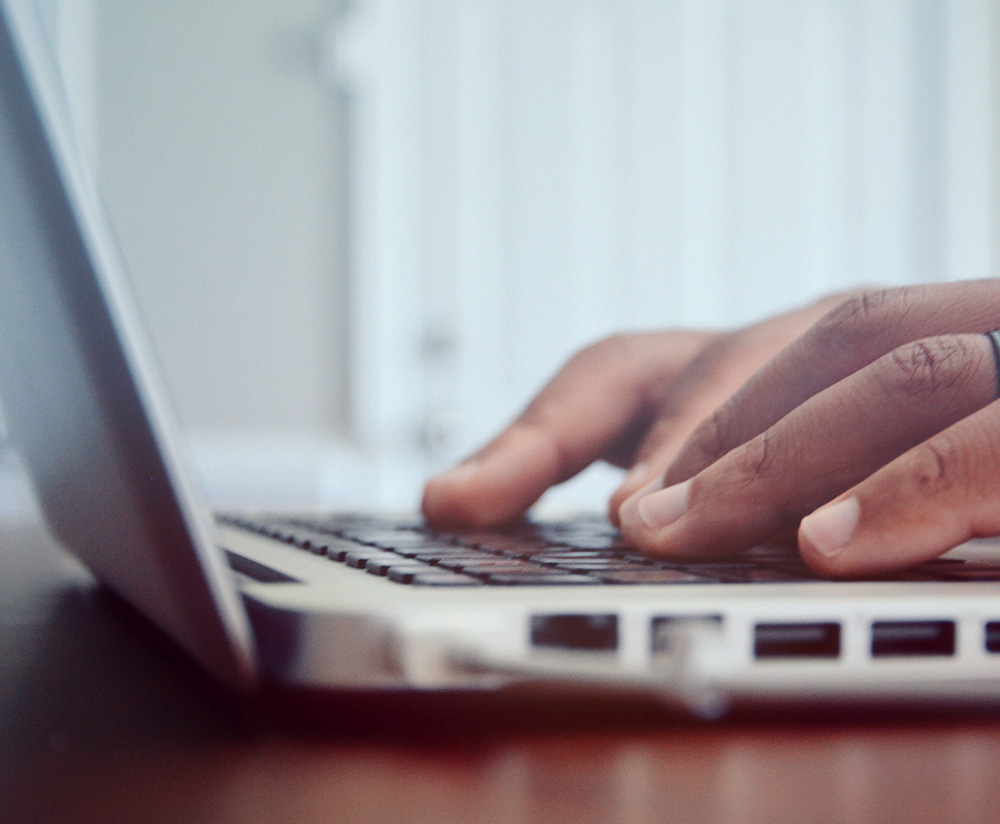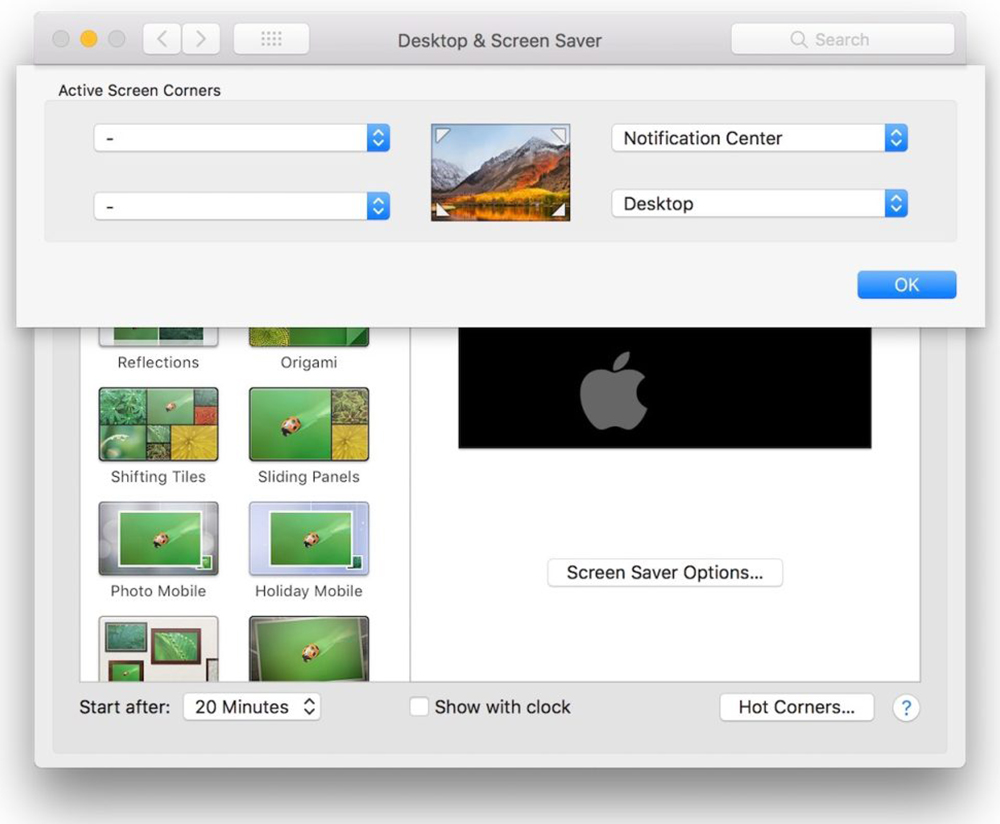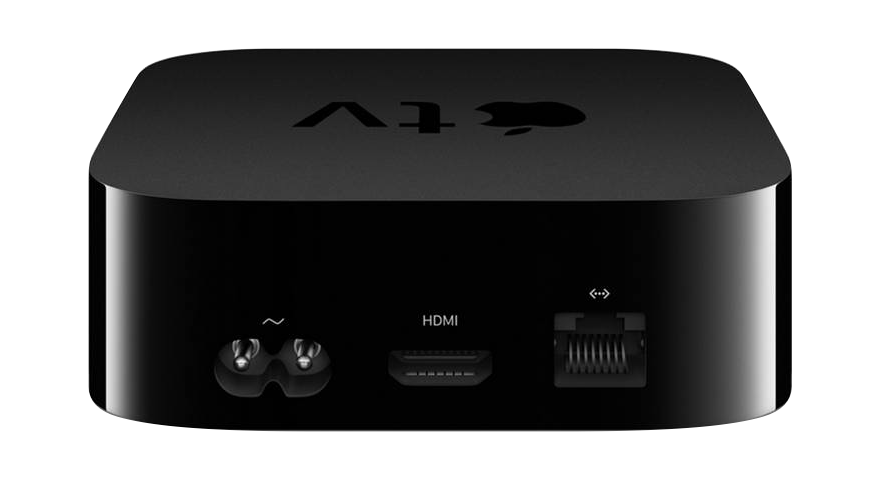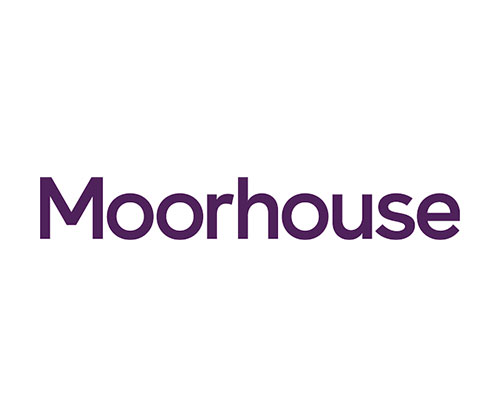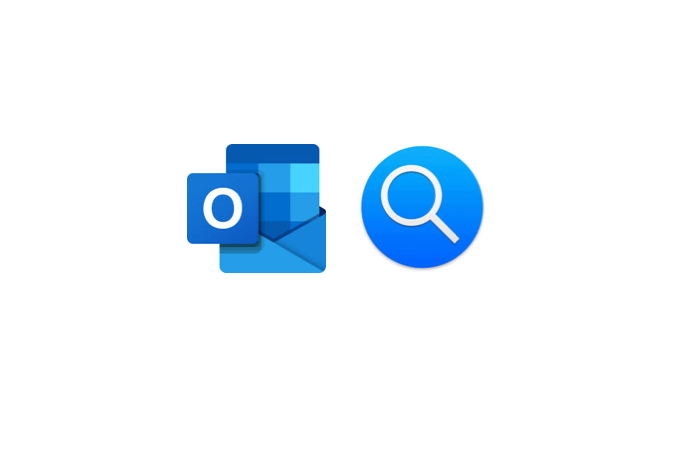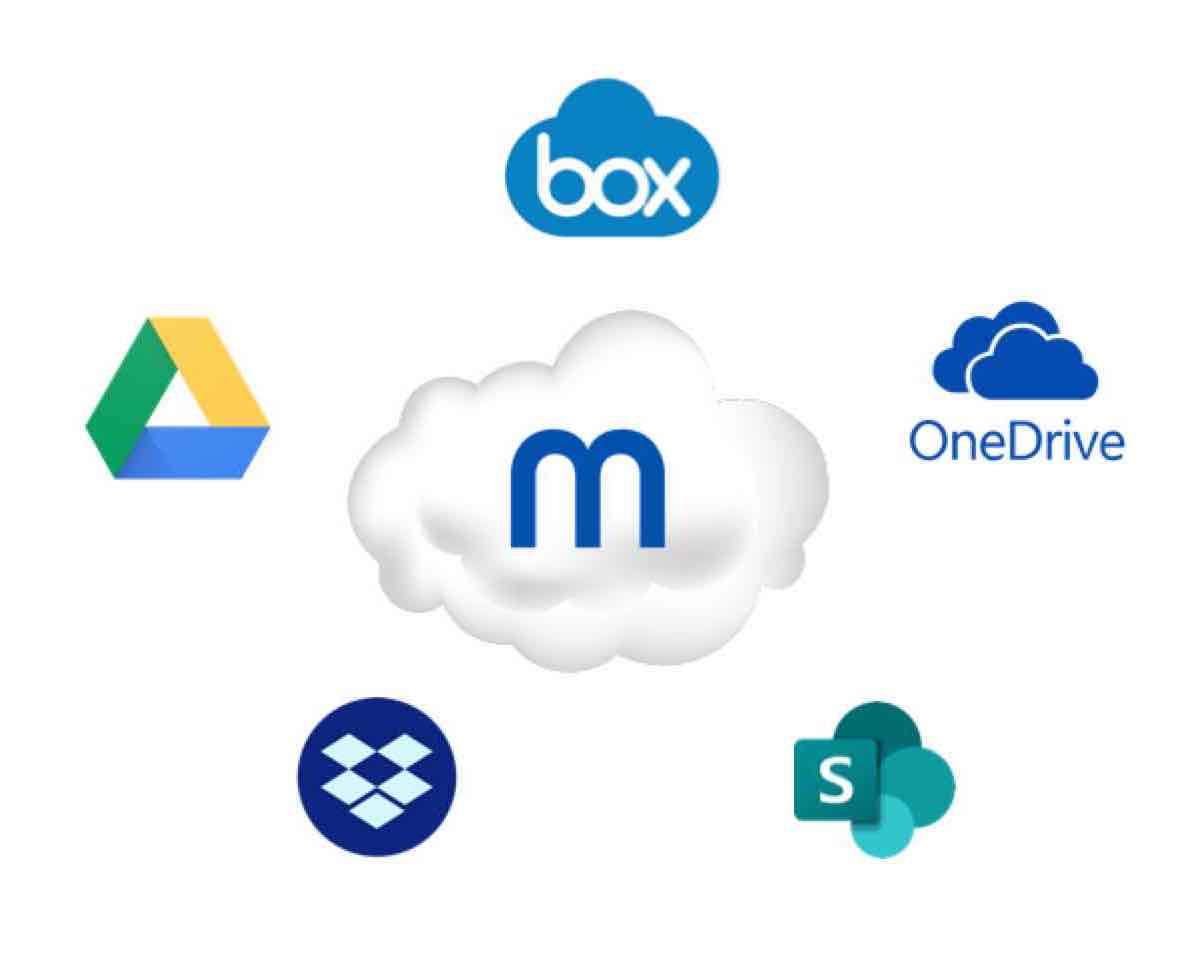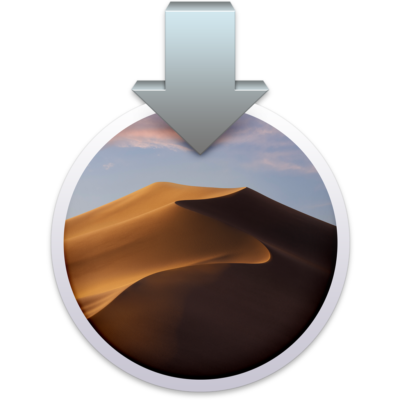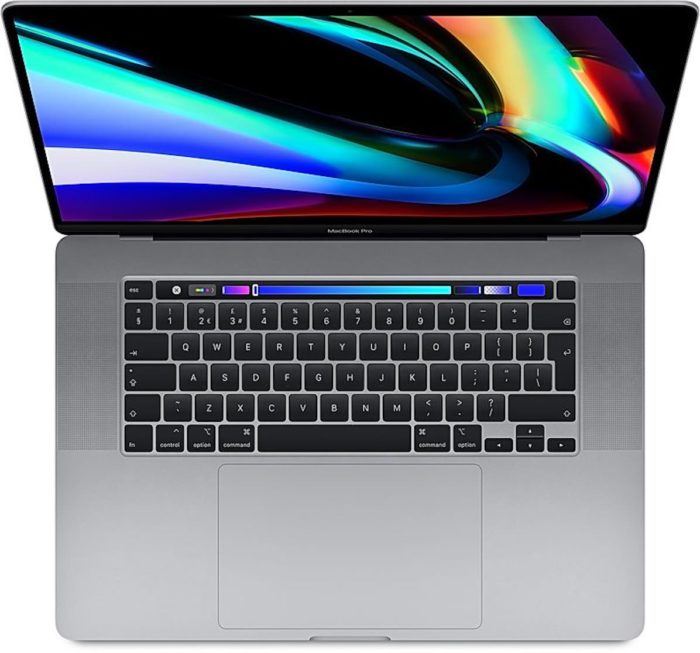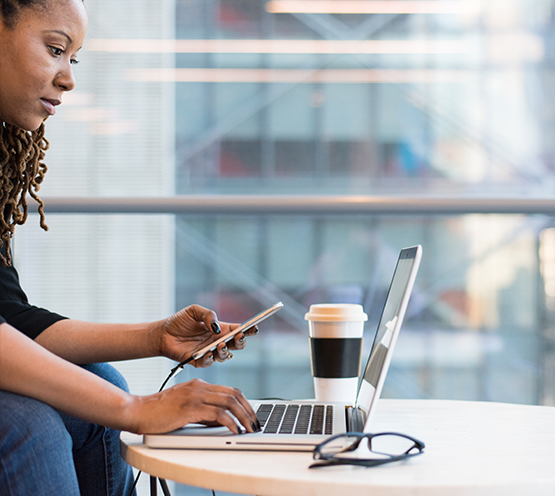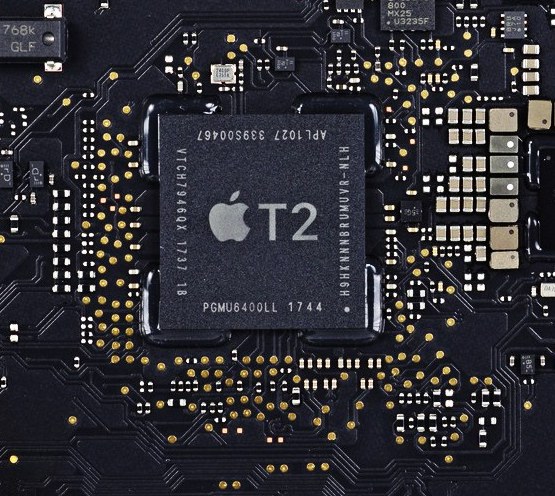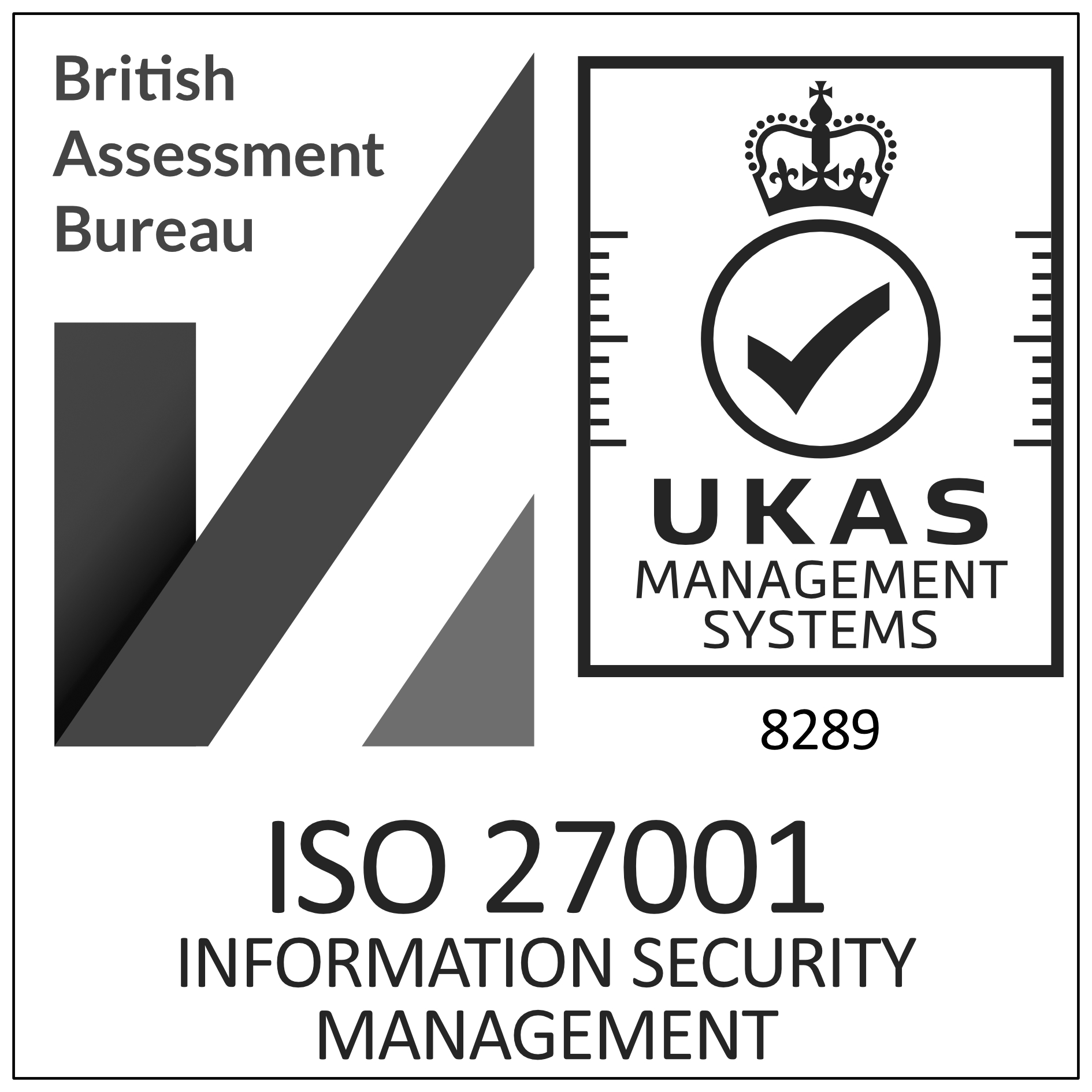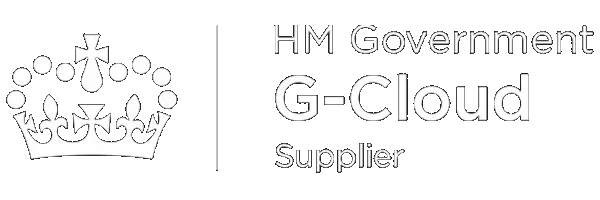How to Make Sure Your Mac is Secure: Our Top 5 Tips
Do you remember seeing Apple’s ‘Privacy’ ad campaign for iPhone? We sure do.
Apple is creating a reputation for security and privacy across all of their products, much to the dismay of other big tech companies.
This is true for Macs as well as iPhones, but when you’re running a network containing lots of Macs for business, we recommend a few extra precautions to make sure your company’s sensitive information stays secure.
Remember: Macs are not immune to cybercrime. Here are six tips for ensuring yours are as secure as possible.
1. Update frequently
You have two options: Encourage your employees to update frequently (they will forget), or use a program like moofPatch.
moofPatch will take human error (mostly) out of the equation and automate updates for Macs across your network by doing the following:
- enforcing regular macOS and software updates;
- completing updates automatically;
- notifying users when updates have occurred; and
- offering the ability to defer updates when required.
You can learn more about moofPatch here.
2. Back up your stuff frequently
Have you ever lost personal files (read: irreplaceable photos of a holiday or your kids) because you failed to back up your computer?
It burns. And losing files that are essential to your business could burn just as bad, especially if the files lost leads to a financial hit.
Don’t let it happen to you or your employees.
Some teams store all of their important files on a server, but users on individual computers should still use Apple’s Time Machine function. Team members will have a copy of their files if something happens to their Mac. Time Machine requires a separate hard drive, and although backups are notorious for taking up lots of space, it’s certainly better than the alternative (just remember to turn on encryption so that people can’t easily access what’s on there if the drive leaves the building).
3. Require all users to use a password on their device
It should go without saying that you need strong, unguessable passwords for all of your Macs. You’ll want to consider minimum password length and complexity as well as password age, and you’ll need to back this up with end user education. We don’t want to see any sticky notes with computer passwords on!
If you don’t have any such policy in place… stop reading right now and make it happen.
It’s also important to ensure that users don’t use the same password for every single service and device. We’ve all done it!
As easy as that is for you, it’s also easy for someone else: a hacker. Each device, site, email account, software, and service that you access should have a different password.
Otherwise, if one of your accounts gets hacked, all of your accounts get hacked – it’s that simple.
If remembering all those passwords is too hard, we thankfully have a solution!
4. Use MFA and keep track of passwords in a password manager
Multi-factor authentication (MFA) is one of the best ways to prevent unauthorised access to your Macs. Apple offers this by forcing entry of a random, one-time security code when you attempt to log into certain services or purchase apps from the App Store. But it can be achieved with third-party tools, too.
We also recommend using a password manager. When sharing passwords to accounts within a company, some teams resort to a messy spreadsheet with websites, user logins, and passwords all stored on the same sheet (no, really).
If that document were to fall into the wrong hands, you and your company could be in for a world of hurt. Not only could you get locked out of all of your essential accounts, but the hacker could also take to social media and use your voice as their own – or completely destroy your company website.
Although Apple devices have Keychain built into iCloud, we recommend businesses check out platforms such as 1Password or LastPass to keep track of all passwords in one secure place.
5. Create good passwords, and change them frequently
The standard advice is that you should change all of your passwords every six to twelve months.
However, coming up with strong passwords that frequently can be challenging, so try a password generator (available with 1Password and LastPass, linked above). Otherwise, read Apple’s good password guide.
We hope these tips inspired you to develop stronger safety measures for your Mac.
By implementing these six guidelines on your Macs, you and your team will be all the more resistant to cyberattacks.
If we’ve raised questions today that you’d like answering, just get in touch with the helpful and friendly moof IT team!

